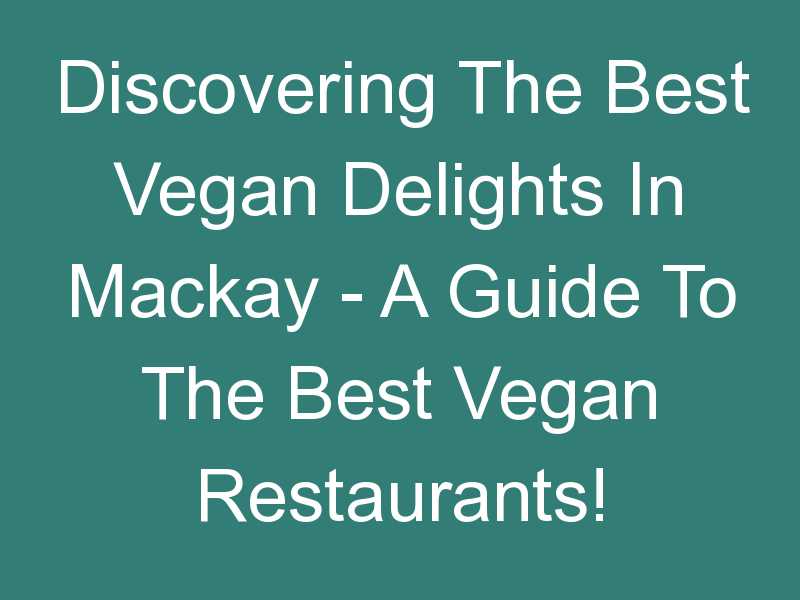Welcome to ARFRA.
Welcome to the official Australian Rare Fauna Research Association website.
The purpose of this website is for the release of official ARFRA Policy, and to create a mechanism for the reporting of sightings.
ARFRA is a voluntary, not for profit research organisation dedicated to recording and investigating sightings of unusual animals.
Since its inception in 1984, ARFRA has collated and analysed over 10000 reports of animals resembling Pumas, Panthers and Tasmanian Tigers, together with numerous reports of unidentified birds, reptiles & amphibians from all parts of Australia.
Reports have also been received of footprints, vocalisations, kills and other indications. Members have conducted over 2100 field investigations into these phenomena.
The ARFRA database is the most detailed compilation of this kind of information in Australia, and is constantly expanding as new records are added.
All visitors to this site are encouraged to report any such information, even if the event occurred some years ago. Your report may corroborate a sighting from another person in the same area at the time, lending support to your observation and perhaps adding a piece to the jigsaw of research into these animals.
News

Vegetarians Rejoice! Here Are the Best Vegan Restaurants in Quakers Hill
Going vegan can be a great way to reduce your carbon footprint, eat healthier, and help animals. But if you’re a vegan, it can be challenging to find tasty, vegan-friendly meals when you go out to eat. Fortunately, there are lots of vegan restaurants in Quakers Hill...

Discovering the Best Vegan Eats in Ballarat – Where to Find the Top Vegan Restaurants!
Eating vegan is becoming increasingly popular and more and more people are choosing to adopt a plant-based diet. If you’re looking for vegan dining options in Ballarat, then you’re in luck! This city is home to some of the best vegan restaurants around. In this blog...

Taste the Best Vegan Dishes in Toowoomba: A Vegan Foodie’s Guide to the Best Restaurants in Town!
Taste the Best Vegan Dishes in Toowoomba: A Vegan Foodie's Guide to the Best Restaurants in Town! If you’re a vegan who loves to eat out, you’re in luck: Toowoomba, Queensland is a hotspot for vegan cuisine. This charming city is home to a growing number of vegan...

Discovering The Best Vegan Delights In Mackay – A Guide To The Best Vegan Restaurants!
Veganism has been on the rise in recent years, and with it has come an abundance of exciting vegan restaurants. Mackay, located on the tropical coast of Queensland, is one of the most exciting destinations for vegan food lovers and those looking to try something new....

Veg Out in Dubbo: The Best Vegan Restaurants in Town!
If you’re looking for the best vegan restaurants in Dubbo, you’ve come to the right place! Dubbo is home to some of the best vegan restaurants around and today we’re going to give you a breakdown of the top vegan restaurants in town. From vegan Italian cuisine to...

Experience Ipswich’s Best Vegan Dining: 5 Must-Visit Restaurants!
Veganism is on the rise, and with it, the foodie movement. From fast-food to the finest in fine dining, vegan restaurants are popping up all over the world. If you’re looking for some of the best vegan restaurants in Ipswich, you’re in luck. We’ve got five of the best...

Head to the Gold Coast for the Best Brunch Spots!
Head to the Gold Coast for the Best Brunch Spots! The Gold Coast is renowned for its stunning coastline and great beaches, but did you know it also has some of the best brunch spots around? From delicious, iconic cafes to hidden gems, you’ll find something to suit...

Deliciously Sweet: Make Your Own Ekka Strawberry Sundaes!
Deliciously Sweet: Make Your Own Ekka Strawberry Sundaes! Ekka strawberry sundaes are a classic Australian dessert that can be enjoyed by both kids and adults alike. They're a staple of the annual Ekka show in Brisbane, Australia, where they have been served since...

5 Best Cafes for Sunshine Coast Lovers: Enjoy the Local Flavours and Atmosphere!
5 Best Cafes for Sunshine Coast Lovers: Enjoy the Local Flavours and Atmosphere! The Sunshine Coast of Australia is renowned for its beautiful beaches and stunning hinterland, making it a popular holiday destination for those from within Australia and from all over...

Let’s Toast to Happy Hour at Brisbane’s Best Bars!
Let's Toast to Happy Hour at Brisbane's Best Bars! We all love happy hour - it's the perfect way to kick off the weekend, or to break up a long work week! Brisbane is full of great bars and restaurants, and many of them offer fantastic happy hour deals. There's no...
